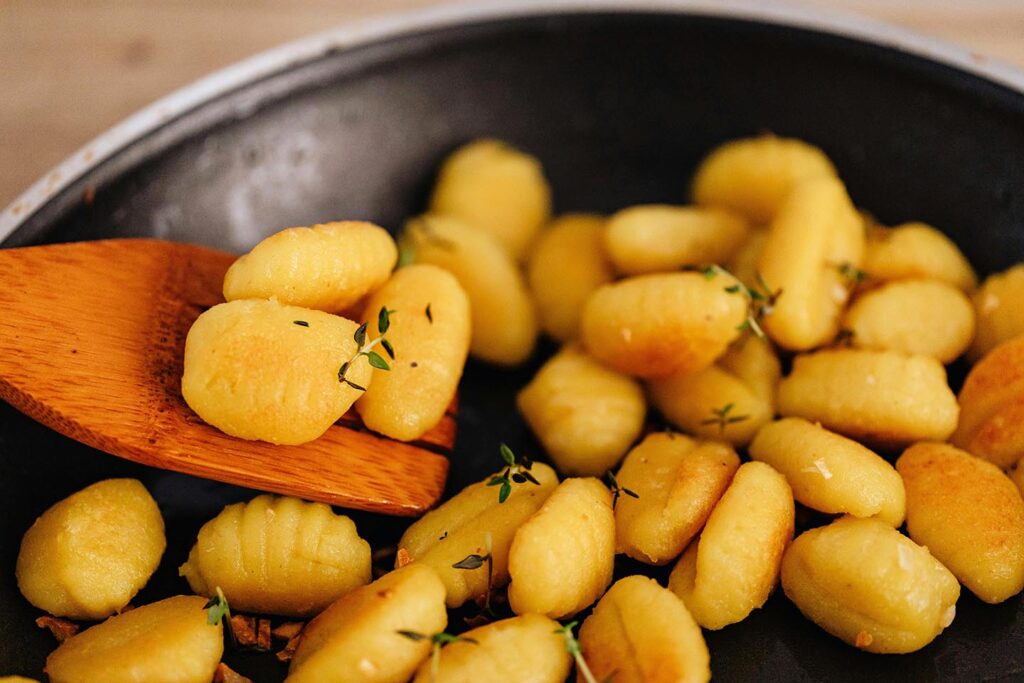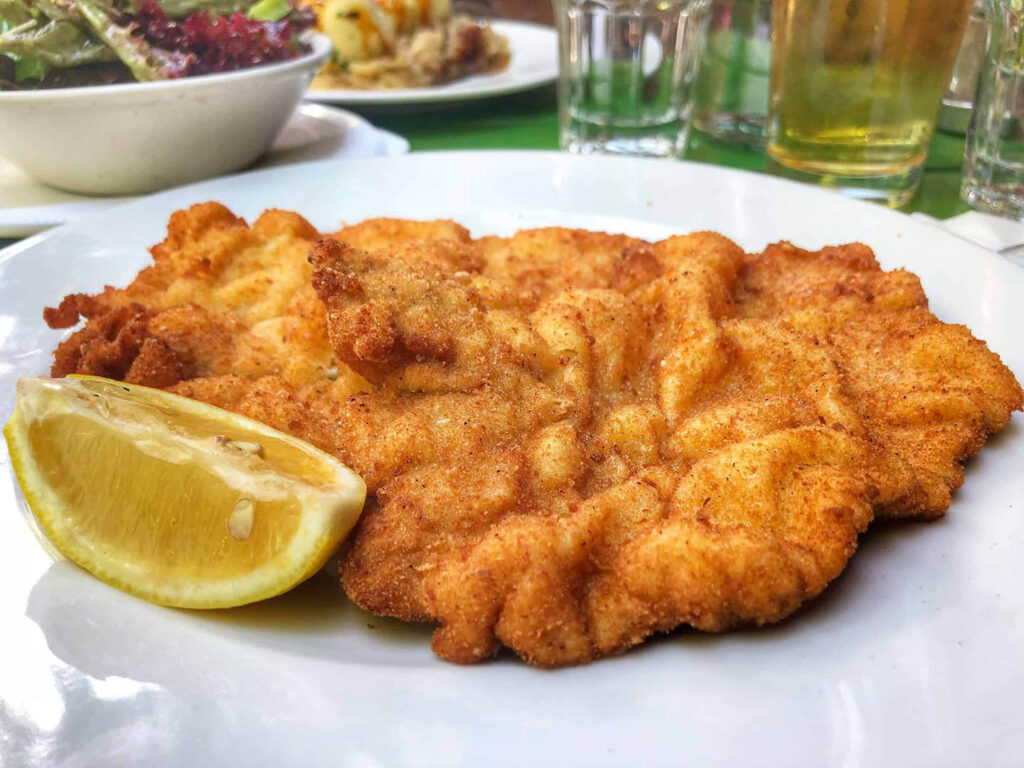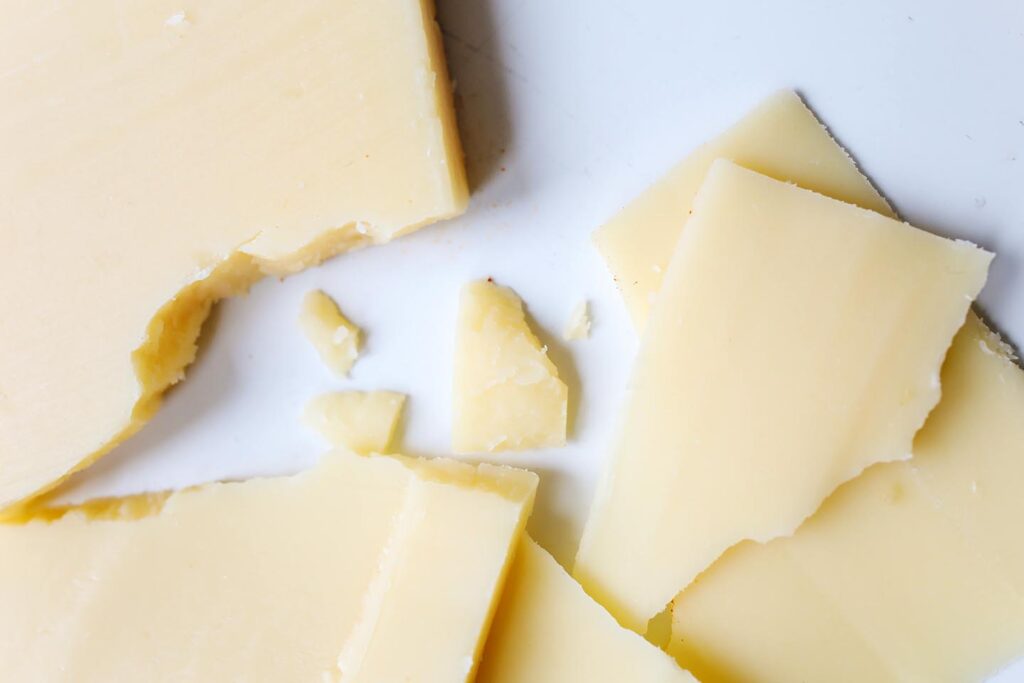
Parmigiano Reggiano, also known as Parmesan cheese, is a hard, granular cheese made from cow’s milk. It is widely considered to be one of the world’s finest cheeses and is sometimes called the “King of Cheeses.” Parmigiano Reggiano has a rich, nutty flavor and a crumbly texture. It is a versatile cheese that can be grated or shaved and is commonly used as a topping for pasta dishes, risotto, salads, and more.
Where did Parmigiano Reggiano originate?
Parmigiano Reggiano cheese originates from the Emilia-Romagna region in northern Italy. It is named after the provinces of Parma and Reggio Emilia, where it has been produced for over 800 years.
The cheese is an integral part of the region’s culinary heritage and is made using traditional methods that have been passed down through generations of artisan cheese makers. Today, it is still produced in the same way and under strict regulations that govern its production, quality, and authenticity.
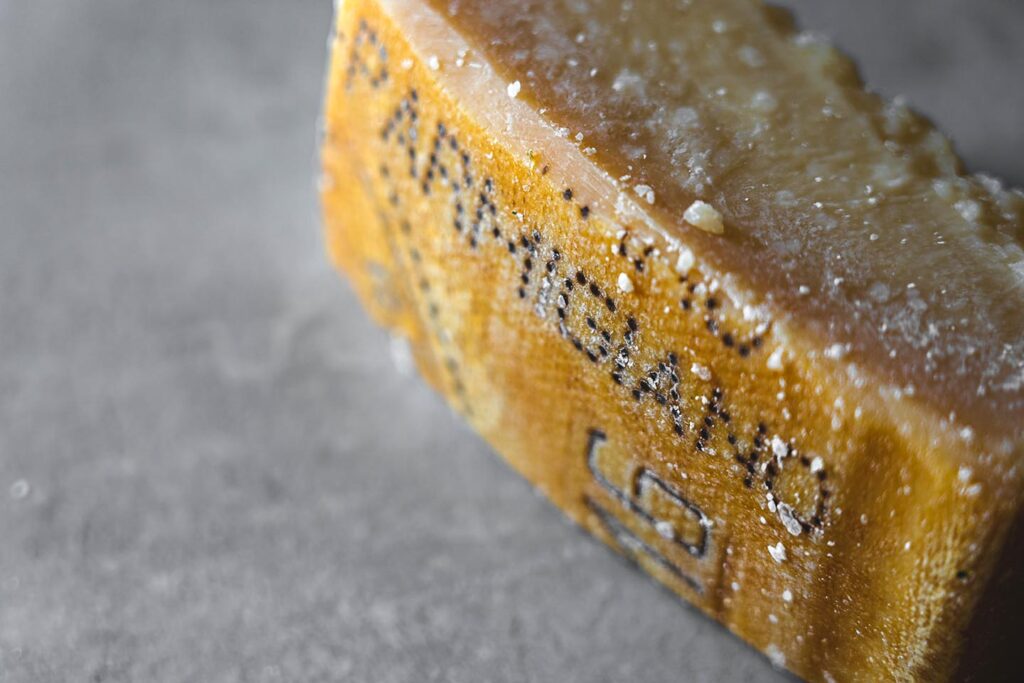
How is Parmigiano Reggiano made?
The process of making Parmigiano Reggiano is labor-intensive and time-consuming, which is why it is often more expensive than other types of cheese.
The process begins with the production of raw milk from cows that have been fed a specific diet of hay, grass, and other natural foods. The milk is skimmed to remove the cream, which is used to make other dairy products like butter. The milk is then heated and mixed with natural whey starter cultures, and an enzyme called animal rennet is added to help coagulate the milk. This coagulation forms the cheese curds.
The formed curds are then cut and cooked at a high temperature before being molded into their classic wheel shape and pressed to remove excess whey. The cheese is then salted and left to age for 12 to 36 months; longer aging results in a more robust and nuttier flavor. During the aging process, the cheese is regularly turned and brushed to prevent mold growth.
The entire process is strictly regulated and overseen by a consortium to ensure that the cheese meets the high standards of quality and authenticity that are required to be called Parmigiano Reggiano. Thus, after aging, the cheese is inspected and marked with the Consorzio Tutela del Formaggio Parmigiano Reggiano branding, which ensures that the cheese has met strict quality standards and was made using traditional methods.
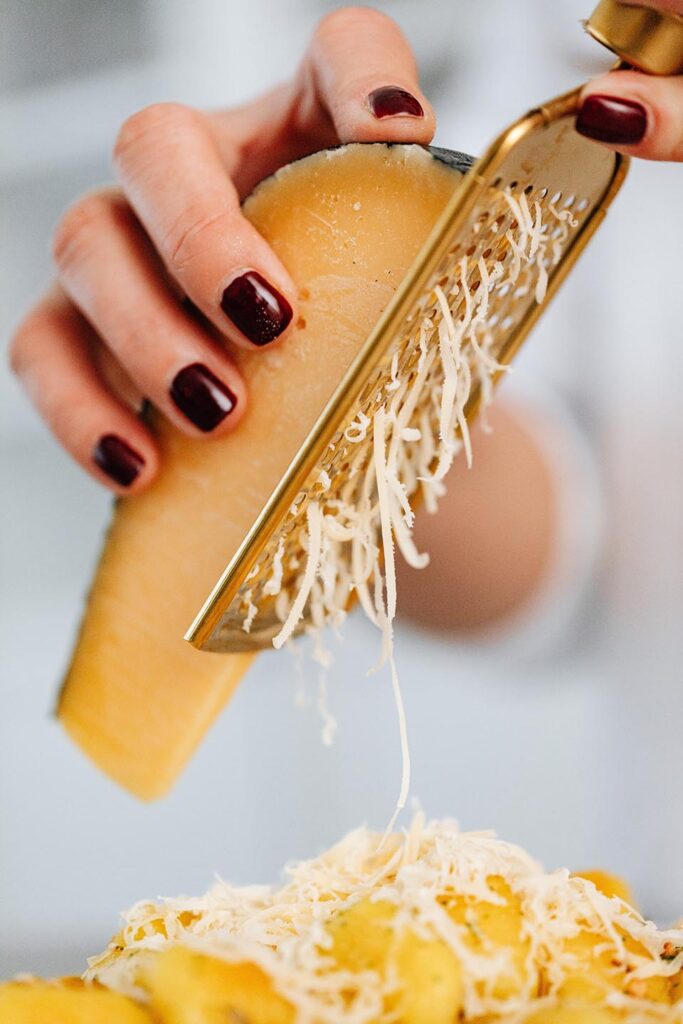
What is the best way to use Parmigiano Reggiano?
Parmigiano Reggiano is a versatile cheese that can be used in many ways to enhance the flavor of various dishes. The cheese is delicious when enjoyed on its own as a snack or paired with fruit, such as figs or pears, or nuts. This cheese adds rich flavor and creamy texture in sauces such as pesto or Alfredo, or in dishes like risotto. It is wonderful (and adds a savory umami flavor) when added as a topping or garnish on dishes such as spaghetti with tomato sauce, carbonara, roasted vegetables, grilled meats, and salads, among others. The rind can also be used to add depth of flavor to soups and stews.
Is Parmigiano Regianno healthy to eat?
This cheese offers several health benefits since it is rich in several vital nutrients. Parmigiano Reggiano is an excellent source of protein, which is essential for building and repairing tissues in the body. It is also a good source of calcium, which is essential for strong bones and teeth. It also contains vitamin A, vitamin B12, zinc, and phosphorus. However, it is also high in both fat and calories, so it should be consumed in moderation as part of a balanced diet.
What are your thoughts on Parmigiano Reggiano? Let us know in the comments!

